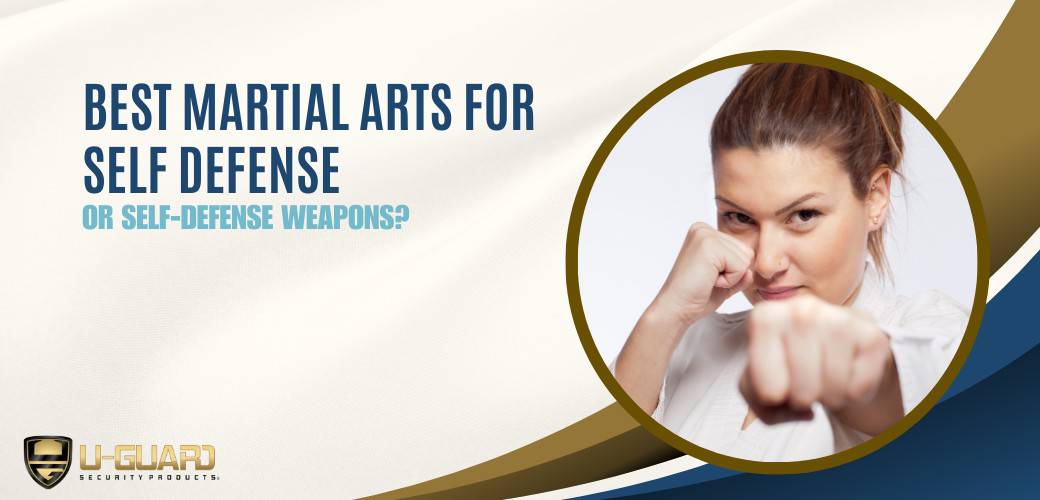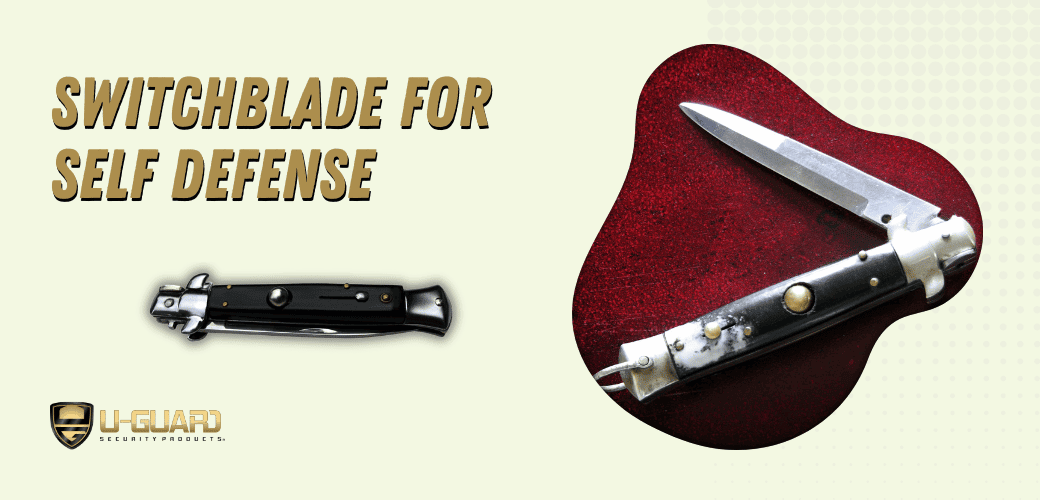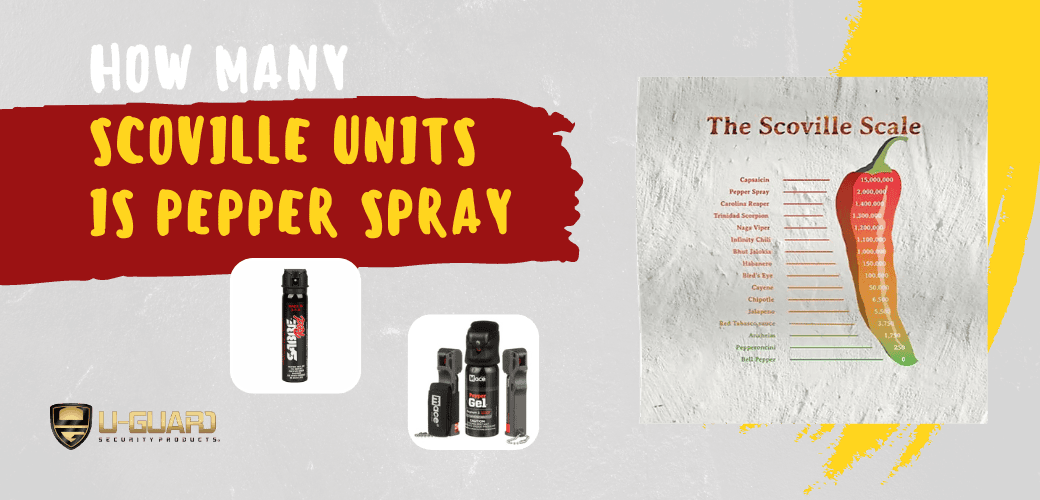When it comes to personal safety and protection, the age-old debate of martial arts versus self-defense weapons continues to divide opinions. Many individuals swear by the discipline and skills acquired through martial arts training, while others prefer the immediate security provided by self-defense weapons. In this article, we will dive into the core principles behind choosing martial arts for self-defense, explore the best martial arts for this purpose, discuss the timeline to proficiency in martial arts, and compare the effectiveness of martial arts versus self-defense weapons. Additionally, we will touch upon the psychological impact of self-defense preparedness and provide insights into essential less lethal self-defense tools to consider. Let’s unravel the nuances of this important decision.
The Core Principles Behind Choosing Martial Arts for Self-Defense
Embracing martial arts for self-defense transcends mere physical combat; it embodies a comprehensive training regime that cultivates physical prowess, mental resilience, and heightened awareness of one’s surroundings. At the heart of martial arts lies the commitment to refining the body and mind, equipping practitioners with not only the techniques necessary for physical defense but also the psychological strength to face adversities with calm and poise. This multifaceted approach fosters an individual’s capability to assess situations accurately, make quick decisions, and execute defensive maneuvers with precision.
Moreover, the practice of martial arts instills a profound sense of empowerment. Through consistent training, individuals learn to trust in their abilities, enhancing their confidence in their capacity to handle threatening scenarios effectively. This empowerment is crucial, as it transforms fear into assertiveness, enabling one to navigate through life’s unpredictabilities with assurance and grace.
Furthermore, martial arts training emphasizes the importance of situational awareness—a skill vital for preempting and avoiding potential threats. By being acutely attuned to their environment, practitioners can identify and mitigate risks before they escalate into confrontations. This proactive stance towards self-defense underscores the essence of martial arts: the ability to protect oneself not solely through confrontation but through intelligent and measured response to danger.
In sum, the decision to pursue martial arts for self-defense is rooted in a desire to develop a comprehensive set of skills that extend beyond the physical realm. It’s about embracing a lifestyle that prioritizes self-discipline, resilience, and a deep connection between mind and body, all of which are fundamental for navigating the complexities of personal safety in today’s world.
Unpacking the Best Martial Arts for Self Defense
Selecting the ideal martial art for self-defense involves identifying styles that blend practicality, flexibility, and real-world utility seamlessly. Among the vast array of martial arts disciplines, a few stand out for their direct approach to self-preservation and ability to adapt to the unpredictable nature of real-life confrontations. Krav Maga, originating as a military self-defense system, is renowned for its focus on real-world situations and intuitive, aggressive techniques designed to neutralize threats quickly. Brazilian Jiu-Jitsu (BJJ) emphasizes leverage and technique over brute strength, offering smaller or physically weaker individuals a viable means of defense, particularly against larger opponents. This art is especially beneficial in situations where the conflict has been taken to the ground, a common scenario in personal attacks.
Muay Thai, known as the “Art of Eight Limbs,” utilizes punches, kicks, elbows, and knee strikes, making it a powerful stand-up combat system. Its rigorous training regimen also provides practitioners with enhanced physical conditioning, agility, and reflexes. Jeet Kune Do, founded by Bruce Lee, emphasizes efficiency, directness, and simplicity. It is a philosophy that advocates for adaptability, borrowing elements from various martial arts to fit the needs of the practitioner and the specific situation they face.
Each of these martial arts offers unique strategies and techniques for self-defense, catering to different scenarios and personal preferences. What they all share is a commitment to practicality, ensuring that practitioners are equipped with the skills necessary to defend themselves effectively in the most dire circumstances. Engaging in any of these disciplines provides not just a set of defensive maneuvers, but a holistic approach to personal safety that encompasses awareness, preparedness, and the mental agility to face threats with confidence.
The Timeline to Proficiency in Martial Arts
The journey toward mastering martial arts is as unique as the individual pursuing it, shaped by personal dedication, frequency of training, and the specific martial art chosen. While the path to becoming a seasoned martial artist unfolds over years, acquiring foundational self-defense skills can be significantly quicker. Many martial arts academies provide targeted self-defense programs designed to equip individuals with practical techniques within a relatively short time frame. These programs concentrate on the essentials, enabling students to learn effective defensive maneuvers against common threats.
Engagement in consistent, focused training sessions is pivotal. For those new to martial arts, a commitment of two to three classes per week can lead to a noticeable improvement in self-defense capabilities within a few months. This early stage of learning cultivates an understanding of basic principles and reflexive responses critical in self-defense scenarios.
However, it is essential to acknowledge that proficiency is not solely measured by the ability to execute techniques but also by developing situational awareness, confidence, and the mental fortitude to remain calm under pressure. These attributes are honed over time, enhancing the effectiveness of the physical skills acquired.
It’s also worth noting that the learning curve varies across different martial arts disciplines. Some, like Brazilian Jiu-Jitsu and Krav Maga, are lauded for their practical applicability and may offer a quicker transition from novice to proficient in the context of self-defense. In contrast, arts such as Kung Fu or Karate might focus more on form and discipline, with self-defense skills developing as part of a broader curriculum over a more extended period.
In summary, the timeline to achieving proficiency in martial arts for self-defense purposes is influenced by several factors, including the intensity of training, the martial art selected, and the learner’s commitment. With regular, focused practice, individuals can expect to build a solid foundation of self-defense skills that will continue to evolve and refine over time.
Self-Defense Weapons: A Practical Alternative?
Exploring the realm of self-defense, it’s clear that not everyone may be inclined or able to immerse themselves in the world of martial arts. In such cases, self-defense weapons emerge as a practical and efficient solution for personal protection. Items such as pepper spray, stun guns, and personal alarms serve as powerful deterrents against potential aggressors, offering individuals a layer of security that is both accessible and immediate.
Pepper spray, for instance, can incapacitate an attacker long enough to allow for escape, while stun guns deliver a high-voltage shock to temporarily disable a threat. Personal alarms emit a loud sound that can draw attention to a situation, potentially scaring off an attacker or alerting bystanders to call for help. Each of these tools shares the common goal of providing a means to protect oneself, yet they require minimal training to use effectively.
This accessibility is particularly appealing for those who may not have the physical capability, time, or interest to commit to martial arts training. Moreover, these self-defense weapons can complement martial arts skills, offering an added layer of protection in scenarios where physical confrontation is unavoidable or when surprise and distance from an aggressor are advantageous.
Incorporating self-defense weapons into one’s personal safety arsenal can empower individuals to navigate public spaces with greater confidence. However, it’s imperative to approach this option with a responsible mindset, ensuring familiarity with the operational use of these tools and adherence to local legal guidelines regarding their possession and use. By doing so, one can enhance their personal safety measures in a manner that is both practical and compliant with the law, providing peace of mind in an unpredictable world.
Navigating the Legal Landscape of Self-Defense Weapons
Navigating the legal terrain of self-defense weapons requires a vigilant approach, ensuring that one’s methods for personal safety align with the established legal framework of their locality. This diligence is paramount as the regulations surrounding the ownership, carry, and use of self-defense tools can vary significantly from one jurisdiction to another. To uphold a responsible stance towards personal protection, individuals must invest time in understanding these laws thoroughly.
This exploration into the legalities involves more than just a cursory glance. It demands an engagement with local law enforcement agencies or legal counsel to gain an in-depth comprehension of what is permissible and what crosses the line into illegality. For example, the legal status of carrying pepper spray or a stun gun can differ greatly across state lines, and what is considered a non-lethal self-defense tool in one area may be classified differently in another.
Beyond mere possession, the conditions under which these weapons can be deployed in self-defense scenarios are also tightly regulated. There exists a fine line between self-defense and excessive force, and crossing this boundary can lead to significant legal repercussions. Therefore, familiarizing oneself with the concept of reasonable force in the context of self-defense is crucial. It ensures that one’s actions, when faced with a threat, are not only effective but also legally defensible.
The responsibility of carrying and potentially using a self-defense weapon is substantial. By dedicating the effort to comprehensively understand and respect the legal boundaries that govern such tools, individuals position themselves as informed and conscientious members of society. This responsible approach not only safeguards one’s physical well-being but also upholds their legal and ethical integrity in the face of potential threats.
Comparing the Effectiveness: Martial Arts vs. Self-Defense Weapons
The comparison between the effectiveness of martial arts and self-defense weapons is not a clear-cut verdict but a reflection of personal circumstances, capabilities, and the context of potential threats. Martial arts, with their comprehensive focus on physical conditioning, situational awareness, and mental fortitude, equip individuals with a profound sense of control and adaptability. This control extends beyond physical confrontations, influencing one’s demeanor and presence, potentially deterring aggressors before a confrontation escalates. However, the journey to attain a level of proficiency in martial arts that can confidently be relied upon for self-defense is an investment of time and effort, not suited for everyone.
On the flip side, self-defense weapons offer an immediate recourse to protection. Their effectiveness lies in their ability to level the playing field, regardless of the user’s physical strength or combat skills. The psychological comfort derived from having a tangible means of defense at one’s disposal cannot be underestimated. Yet, this reliance on tools necessitates a different kind of preparedness – understanding of legal constraints, operational proficiency, and the psychological readiness to deploy such measures in a high-stress situation.
In essence, the choice between martial arts and self-defense weapons hinges on individual preference, lifestyle, and the specific nature of perceived threats. Both avenues offer valuable strategies for personal protection, yet each comes with its own set of considerations that must be thoughtfully weighed. The optimal path for one may not suit another, underscoring the importance of a personalized approach to self-defense.
The Psychological Impact of Self-Defense Preparedness
Delving into the realm of self-defense preparedness, whether through the disciplined practice of martial arts or the strategic utilization of self-defense weapons, initiates a transformative psychological journey. This journey fortifies one’s mental resilience, cultivating an invaluable sense of security that permeates various aspects of life. Engaging in martial arts, for instance, does more than hone physical capabilities; it nurtures a mindset of calm assertiveness and situational awareness, equipping individuals with the confidence to navigate not only physical confrontations but challenging situations with poise and determination. Similarly, the informed choice to carry self-defense weapons brings about a tangible sense of readiness, empowering individuals with the knowledge that they possess the means to protect themselves should the need arise.
This psychological empowerment plays a critical role in altering one’s approach to daily life. It diminishes the shadow of fear, enabling individuals to move through the world with an enhanced perception of personal agency and security. The process of becoming prepared, in whatever form it may take, fosters a proactive attitude towards personal safety, encouraging a lifestyle where caution and preparedness go hand in hand. This mindset does not breed paranoia; rather, it champions a balanced approach to personal protection, where the awareness of potential dangers is matched by the confidence in one’s preparedness. Thus, the psychological benefits of self-defense preparedness extend beyond the immediate realm of physical safety, influencing one’s overall well-being and approach to life’s uncertainties.
Essential Less Lethal Self-Defense Tools to Consider
In the pursuit of a comprehensive personal safety regimen, the integration of less lethal self-defense tools presents a practical and effective layer of protection. Among the myriad of options available, certain tools stand out for their ease of use, affordability, and reliability.
Pepper spray, a potent and non-lethal deterrent, offers an immediate means of self-defense, creating an opportunity to escape potential harm. Its compact size and ease of deployment make it an ideal choice for individuals seeking a discreet yet powerful protective measure. Similarly, stun guns provide a formidable defense mechanism, delivering a high-voltage shock that temporarily incapacitates an assailant, affording precious seconds to retreat to safety.
Another invaluable tool in the arsenal of personal protection is the personal alarm. This device emits a piercing sound that can draw immediate attention to an emergency situation, potentially deterring an attacker and signaling for help. The simplicity and effectiveness of personal alarms make them a suitable option for people of all ages and physical capabilities.
While these less lethal tools offer a significant advantage in enhancing one’s safety, their selection and use should be accompanied by an understanding of their operational nuances and legal considerations. Mastery over these tools, akin to the proficiency developed through martial arts training, enhances one’s confidence and preparedness in confronting unforeseen threats.
Incorporating these tools into one’s personal safety strategy amplifies the layers of defense at an individual’s disposal, embodying a proactive stance towards protection in an unpredictable world.
Crafting a Personal Safety Strategy: A Holistic Approach
Determining the most suitable method for ensuring personal safety isn’t a one-size-fits-all scenario. It’s a deeply personal choice that hinges on various factors including individual beliefs, physical abilities, and daily routines. For some, the journey of martial arts provides a rich tapestry of physical and mental growth, offering not only defense tactics but a bolstered sense of confidence and awareness. For others, the practicality and immediacy of self-defense weapons align more closely with their needs, offering a tangible means of protection that can be utilized swiftly in threatening situations.
The synergy between martial arts and self-defense weapons can form the cornerstone of a robust personal safety strategy. By integrating the discipline and situational awareness honed through martial arts with the strategic use of self-defense tools, one can cultivate a comprehensive defense mechanism that is versatile and adaptive to various circumstances. This holistic approach encourages a balanced perspective on self-protection, acknowledging the strengths and limitations of each method and seamlessly blending them to enhance personal safety.
Embracing this multifaceted strategy allows individuals to navigate their environment with an enriched sense of security and preparedness, empowering them to face the uncertainties of the world with a proactive and informed mindset.





